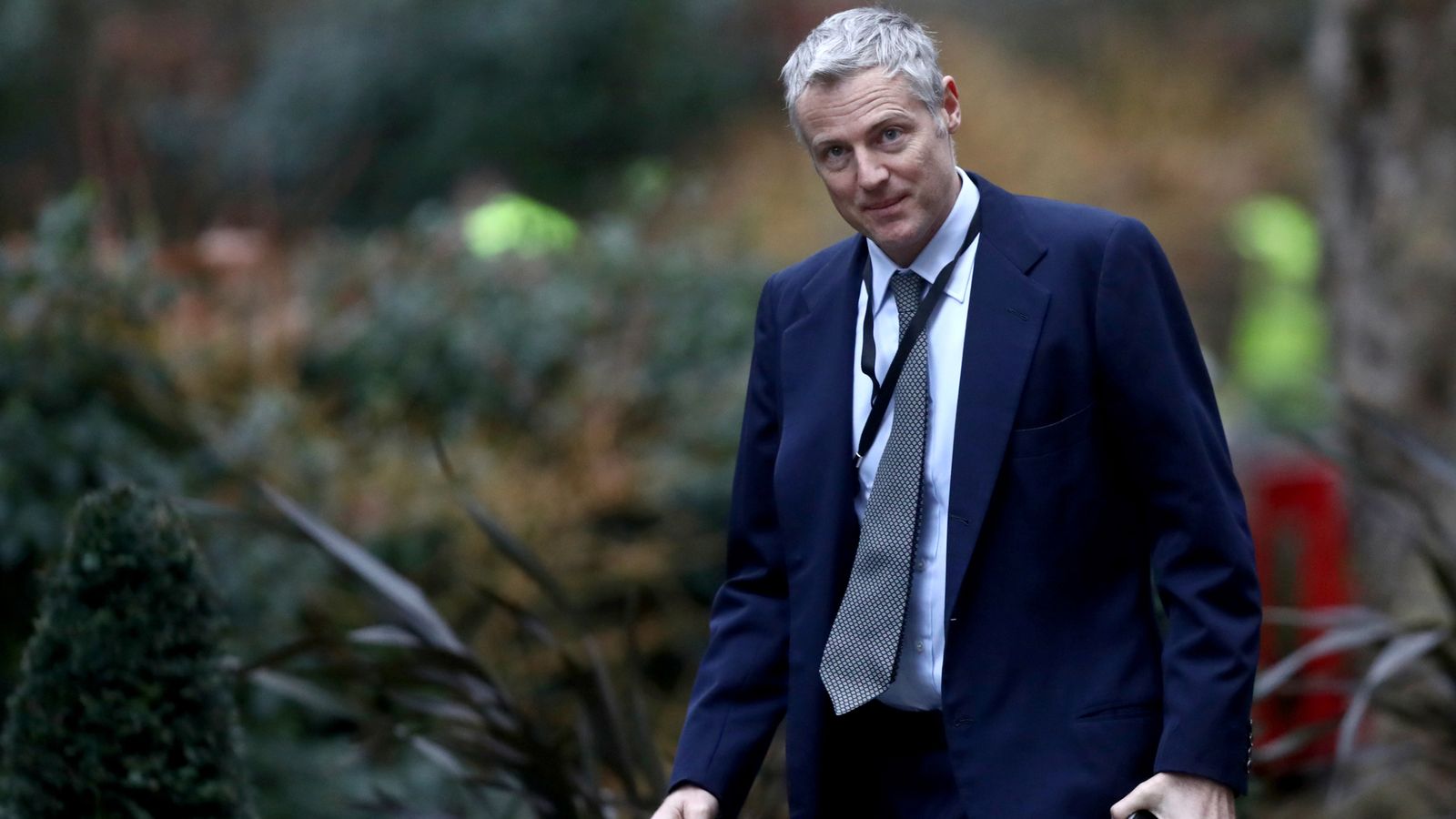The interim findings of a seven-year investigation into murders linked to the British Army’s most prized mole in the IRA will be published later.
Freddie Scappaticci, codenamed “Stakeknife”, headed the IRA’s “nutting squad”, a unit tasked with identifying informants, but was himself operating as a spy for British intelligence.
The west Belfast bricklayer, who died last year aged 77, was linked to 18 murders but never faced trial in relation to any of them.
The son of Italian parents, he was a talented footballer and had trials with Manchester City and Nottingham Forest before joining the Provisional IRA.
Briefly interred without trial in the 1970s, he was recruited by the army’s Force Research Unit, which ran informants, and was its most valued asset.
One former defence chief branded him “the golden egg” of agents. In many ways, he exemplified “the dirty war” between British intelligence agencies and the IRA.
Described as “judge, jury and executioner” of the IRA unit hunting informants within – people disparagingly labelled “touts” – some estimate he directed up to 30 murders.
His activities became the focus of Operation Kenova, a £40m independent investigation, launched by Jon Boutcher, a former chief constable of Bedfordshire in 2016.
Mr Boutcher was appointed chief constable in Northern Ireland last year and passed the Kenova baton to Sir Iain Livingstone, former chief of Police Scotland.
Read more:
Man accused of being British Army’s top IRA informer ‘Stakeknife’ dies
Suspected ‘Stakeknife’ informer admits extreme porn charges
Why the Good Friday Agreement remains a transformative moment in history
Be the first to get Breaking News
Install the Sky News app for free
Operation Kenova submitted 28 files for consideration, but the Public Prosecution Service found there was insufficient evidence to prosecute any former IRA member or soldier.
The PPS said 32 people were considered for prosecution across a range of charges, from murder and abduction to misconduct in public office and perjury.
Sixteen were former IRA members, 12 retired military personnel, two had links to MI5, one was a former police officer and another a former prosecutor.





